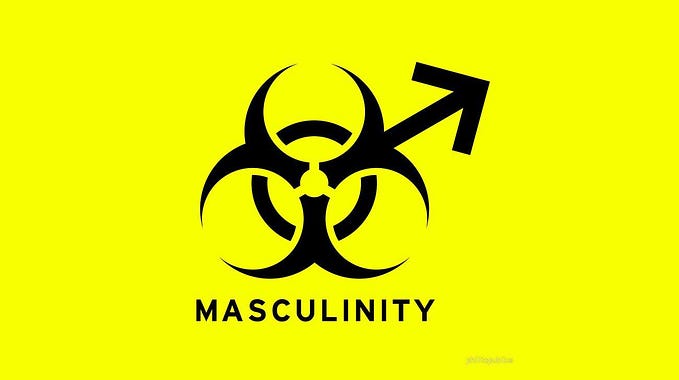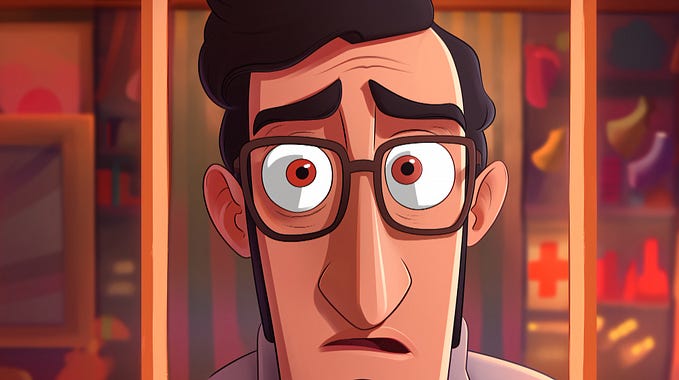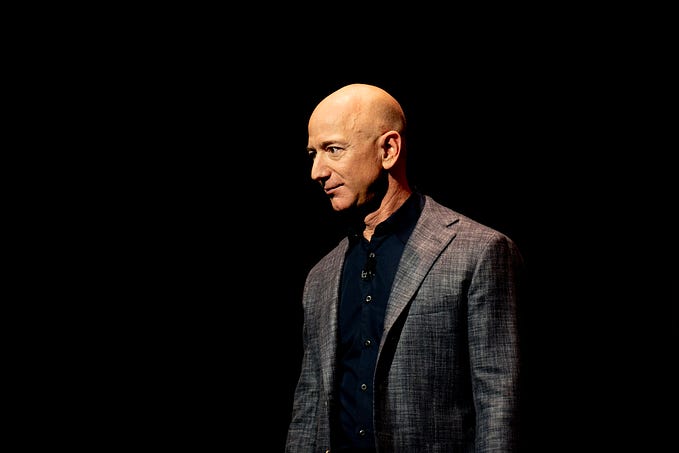
Member-only story
The Problem with Personality Types
From zodiac signs to Myers-Briggs
Don’t let the title fool you; there is no problematic personality (well, unless you’re a jerk). The problem is with the science — or rather, the lack thereof — of personality types.
Cultural anthropologists have noticed that societies are either “lumpers” or “splitters.” Lumpers tend to perceive and name things broadly, while splitters categorize and divide things. Sometimes, a society will be lumpers in one domain but splitters in another, according to what’s more important to them. A classic example is that the Inuit are generally lumpers, but have more than a dozen different words for snow. Western society, as an individualistic, merit-driven entity, naturally has many words and categories for personalities — something that isn’t even a concept in other cultures.
It makes sense that we’re obsessed with personality, whether it’s through our devotion to charismatic celebrities, our fascination with multiple personality disorder, or our tendency to appropriate ancient zodiac signs for our own amusement. We believe that personality is the driving force in people’s success, and we’re also very concerned with how different “personalities” interact with each other. Add that to a merit-based, capitalistic work culture that commodifies workers, and you’ve got a need for a pseudoscience and a self-help market to buttress it all.
The World’s Most Popular Personality Test
Enter American educator Katharine Cook Briggs and her daughter, Isabel Briggs Myers. Despite having no background in psychology or behavioral science, Briggs attempted to harness Carl Jung’s ideas to form a new theory of type, in part to understand why her daughter’s husband was so different from their family (yes, really). While she certainly wasn’t the first to create a pseudoscience surrounding personality, Briggs’ ideas helped establish a typological approach to the topic, and her framework worked well with capitalistic employers who desired to process and categorize their workers as much as their inventory.
The Myers-Briggs Type Indicator is based upon four dichotomies in four domains (drawn from Jung’s theories). Respondents answer nearly 100 questions about their behavioral preferences and…








